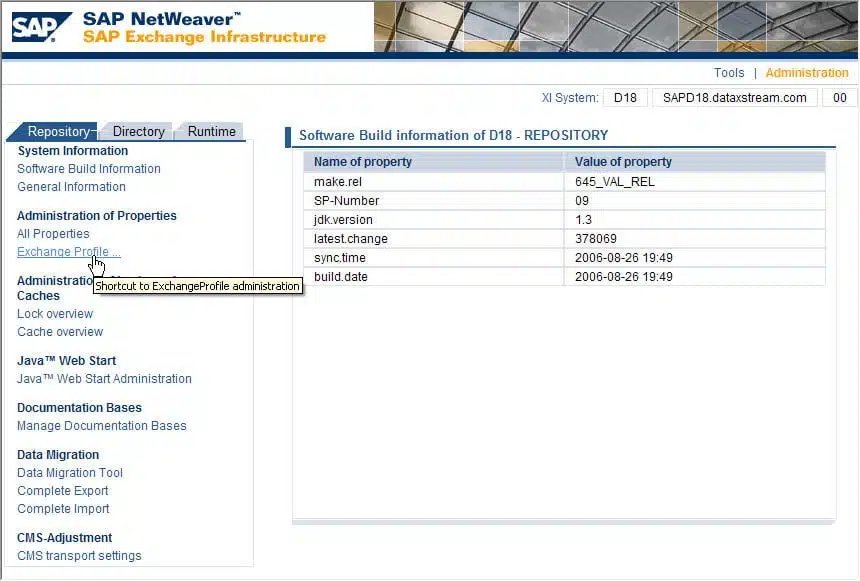SAP PI is a powerful integration engine that allows developers a variety of methods for implementing transformation logic. As a long-time ABAP developer, one of my favorite methods to implement transformation logic is using ABAP. This transformation option is not enabled in SAP XI/PI out of the box. While information regarding how to enable ABAP transformations can be found in SAP help, I have found it easier to have step-by-step instructions.
 By default XI/PI allows message mappings, Java class maps, Java XSLT maps. All these mapping types execute on the Java Stack. There are times where mapping could/should be done on ABAP stack. XI/PI allows for the ABAP stack to handle mapping, but it is not enabled by default. My next blog posting will cover when to use a ABAP map and how to implement transformation in ABAP.
By default XI/PI allows message mappings, Java class maps, Java XSLT maps. All these mapping types execute on the Java Stack. There are times where mapping could/should be done on ABAP stack. XI/PI allows for the ABAP stack to handle mapping, but it is not enabled by default. My next blog posting will cover when to use a ABAP map and how to implement transformation in ABAP.
The graphic at left shows the default mapping types in the Interface Mapping definition of the Integration Repository.
The first step to enable ABAP stack mapping logic is to navigate your browser to the SAP XI/PI Administration application.
We will be modifying the Exchange Profile to allow SAP XI/PI to utilize the additional mapping types.
The Exchange Profile setting we want to change is com.sap.aii.repository.mapping.additionaltypes. This setting is located via the following hierarchy: “IntegrationBuilderIntegrationBuilder.Repository”
Once you navigate to the correct Exchange Profile setting, enter the following value:
R3_ABAP|Abap-class;R3_XSLT|XSL (ABAP Engine)
The above string specifies that, in addition to the standard mapping types delivered by the Java stack, we will also be using ABAP code, and XSLT translations using the ABAP stack.
Once you have entered the data, press the save button.
Changes to the Exchange Profile require the Java instance to be restarted. When appropriate, restart the Java instance.
Once the Java instance has been restarted, the new mapping types can be seen in the Interface Mapping definition of the Integration Repository. Your SAP PI system is now ready to execute data transformations using the ABAP stack.
For more information, refer to SAP Help.






